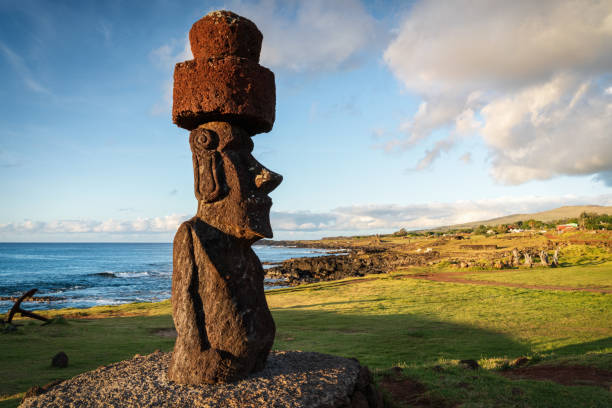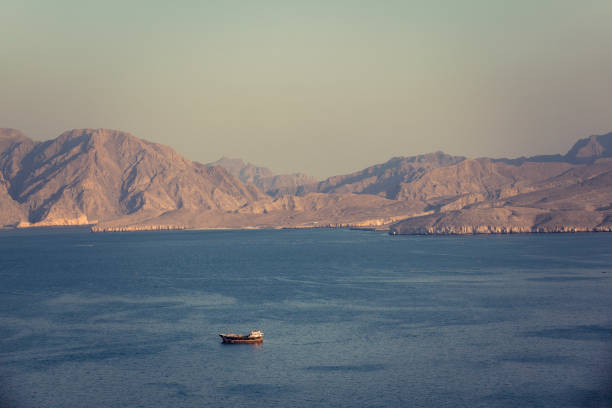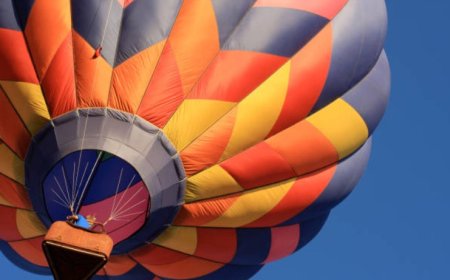Easter Island: Unveiling the Mysteries of the Moai and the Enchanting Rapa Nui Culture
Embark on an Unforgettable Journey to the Realm of Ancient Giants and Volcanic Wonders

Yes, here's a blog entry on Easter Island for you:
Easter Island: A Voyage into the Moai Realm
A volcanic island in the southeast Pacific Ocean, Easter Island, also called Rapa Nui, is situated roughly 3,500 kilometers (2,175 miles) off the coast of Chile. Massive moai sculptures, which are monolithic figures carved from volcanic rock and stand as silent sentinels, staring out to the horizon, are the main attraction of this secluded and mysterious island.
A View Into the Mysterious Past of Easter Island

The past of Easter Island is muddled and mysterious. It is thought that between 300 and 600 AD, the first Polynesians made their way to the island, bringing with them their distinct customs and culture. The Rapa Nui people evolved into a highly developed civilization over time, distinguished by their profound respect for their ancestors and their extraordinary skill in the carving and movement of the massive moai sculptures.
The Moai: Revealing the Mysteries of the Iconic Giants of Easter Island
The most recognizable and mysterious aspect of the island are the more than 800 moai figures. These monolithic statues, which range in height from 2 to 9 meters (6.5 to 29.5 feet), were frequently moved across long distances after being carved out of volcanic rock. The exact function of the moai is still up for discussion; beliefs range from fertility symbols and ancestral worship to prestige and power emblems.
Discovering the Cultural Treasures and Natural Wonders of Easter Island

Easter Island has many more natural marvels and cultural gems to discover besides the moai. Climb to the top of Rano Raraku, the volcanic crater sculpted with hundreds of moai, and take in the immense size of this prehistoric quarry. Unwind on Anakena's immaculate beaches, which have white sand and turquoise waters that resemble a paradise. Visit the Tahai Ceremonial Complex to get a full understanding of the rich Rapa Nui culture. This sacred place is decorated with petroglyphs and rebuilt moai.
Advice for Arranging Your Visit to Easter Island
Easter Island is a special place that needs to be planned carefully. The following advice can help you organize your adventure:
Select the Appropriate Time to Visit: Easter Island's dry season, which lasts from November to March, is the ideal time to visit. You should expect comfortable weather and little rain around this time.
Make Reservations in Ahead: Due to the limited number of lodging alternatives on Easter Island, especially during the busiest times of the year, reservations must be made well in advance.
Arrange Transportation and Tours: To guarantee you have access to necessary services and can make the most of your stay on the island, think about scheduling transportation and tours in advance.
Respect Customs and Culture of the Area: Show reverence for the customs and heritage of the Rapa Nui people. When visiting holy places, dress correctly and refrain from touching or climbing the moai statues.
Appreciate the Special Charm of the Island: Easter Island is a place to unwind, take in the breathtaking scenery, and become fully immersed in the rich cultural heritage of the island.
Easter Island: A Place of Magic and Mysteries

A trip to Easter Island is a once-in-a-lifetime experience that immerses one in a world of intriguing secrets and stunning natural beauty. The island's mysterious moai statues are quiet reminders of its rich cultural past, and its immaculate beaches and volcanic landscapes provide a safe haven for exploration and leisure. You will find a place that captivates your imagination and leaves you with a great appreciation for this special corner of the earth as you roam among the moai and immerse yourself in the Rapa Nui culture.










































































































































































































